Butt lift surgery is a cosmetic procedure designed to enhance your curves, addressing issues such as flat or sagging buttocks and bringing about a natural, alluring beauty. Delve into the world of butt lift surgery and uncover everything you need to know!
1. What is a butt lift?
A buttock (butt) lift, alternatively referred to as a gluteal or lower back lift, elevates the skin surrounding your buttocks, enhancing both the contour and texture of your posterior. This surgical intervention achieves a more refined, less dimpled, and firmer aesthetic. Notably, unlike alternative cosmetic procedures for the buttocks, a buttock lift does not augment the size of this anatomical region.
2. Who Are The Ideal Candidates For A Butt Lift?

If you meet any of the following criteria, you may be a suitable candidate for a buttock lift:
1. You have undergone bariatric surgery or experienced significant weight loss through dieting.
2. Pregnancy and/or aging have resulted in loose skin and cellulite below the waistline.
3. You exhibit significant skin laxity, excess skin, and sagging buttocks.
4. The layers of fat beneath your loose skin are relatively thin.
5. You are a non-smoker. It is essential that you do not smoke, as smoking can impede the healing process and elevate the risk of serious complications during and after surgery. If you are a smoker, you must cease smoking at least six weeks before the scheduled surgery.
6. Your weight has remained stable for a minimum of one year, with no anticipated further weight loss. Ideally, body contouring procedures should be deferred for approximately two years after initiating any extensive weight loss program to achieve optimal results.
7. You are in overall good health without chronic medical conditions such as diabetes or heart disease. Individuals in poor health are not suitable candidates for body contouring procedures, and clearance for plastic surgery must be obtained from your primary care physician or other doctors managing your medical conditions.
8. You adhere to a healthy diet, as issues like protein deficiencies can impede the healing process.
9. If you possess good general health, maintain a positive attitude, and have realistic expectations, you are well-suited for this procedure.
3. Types of Butt Lift
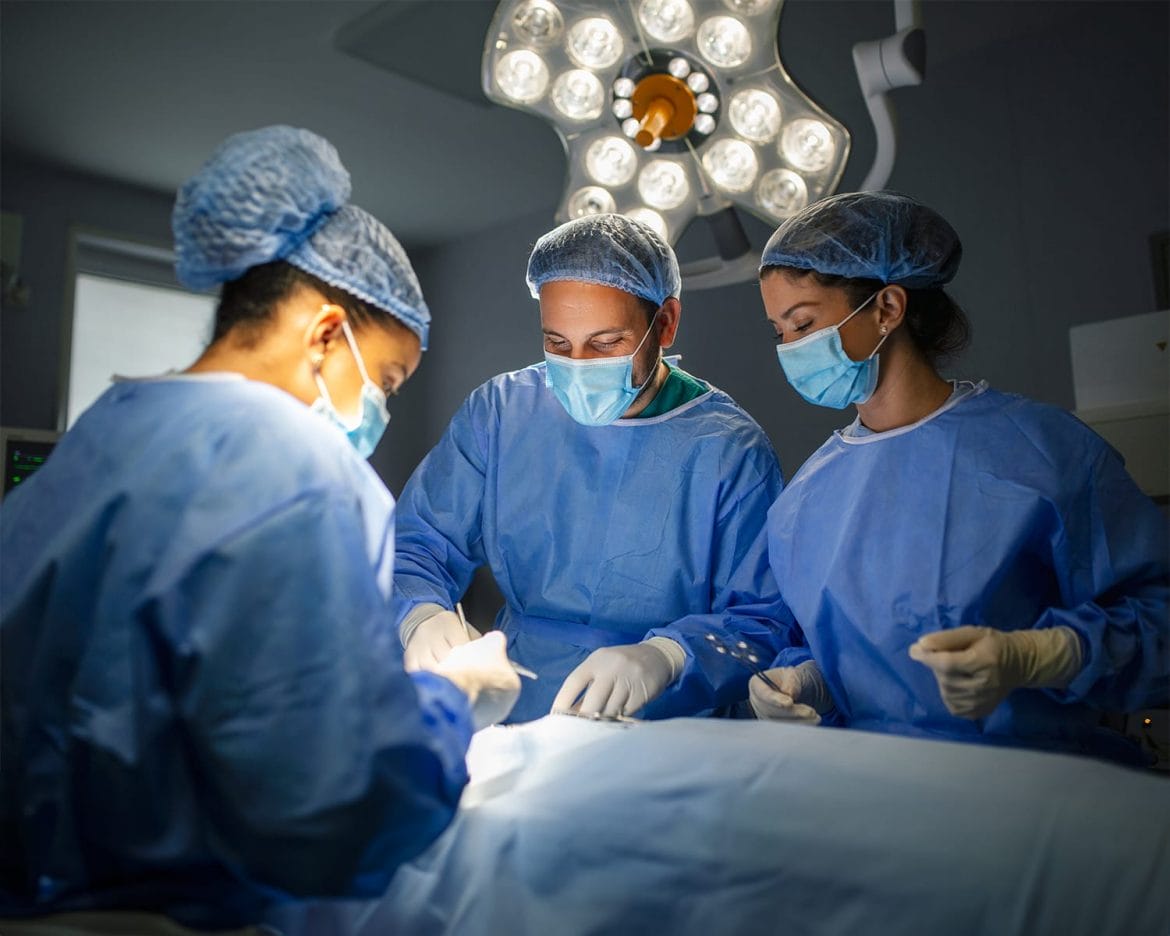
Various techniques and methods are employed for a buttock lift, with the most common involving an incision made at the upper part of the buttocks, in the hips, groin, or beneath the buttock cheeks. The procedure entails the removal of excess skin, followed by the tightening of the remaining skin.
Additionally, liposuction may be utilized to sculpt the buttock area or thighs, ensuring a harmonious appearance. The incisions are meticulously sutured in layers to maintain skin tightness, while drains and dressings are applied. Typically, patients wear a compression garment or girdle to minimize swelling and enhance skin firmness.
The optimal approach for each individual is determined by factors such as skin quality, the extent of excess skin, and body shape. Surgeons assess these variables to recommend the most suitable options. In cases where a significant amount of skin needs removal, a lower body lift may be suggested, targeting the stomach, buttock, thighs, and hips. Conversely, if skin removal risks a reduction in buttock volume, a buttock augmentation may be recommended subsequent to the buttock lift.
3. 1 Butt Implants
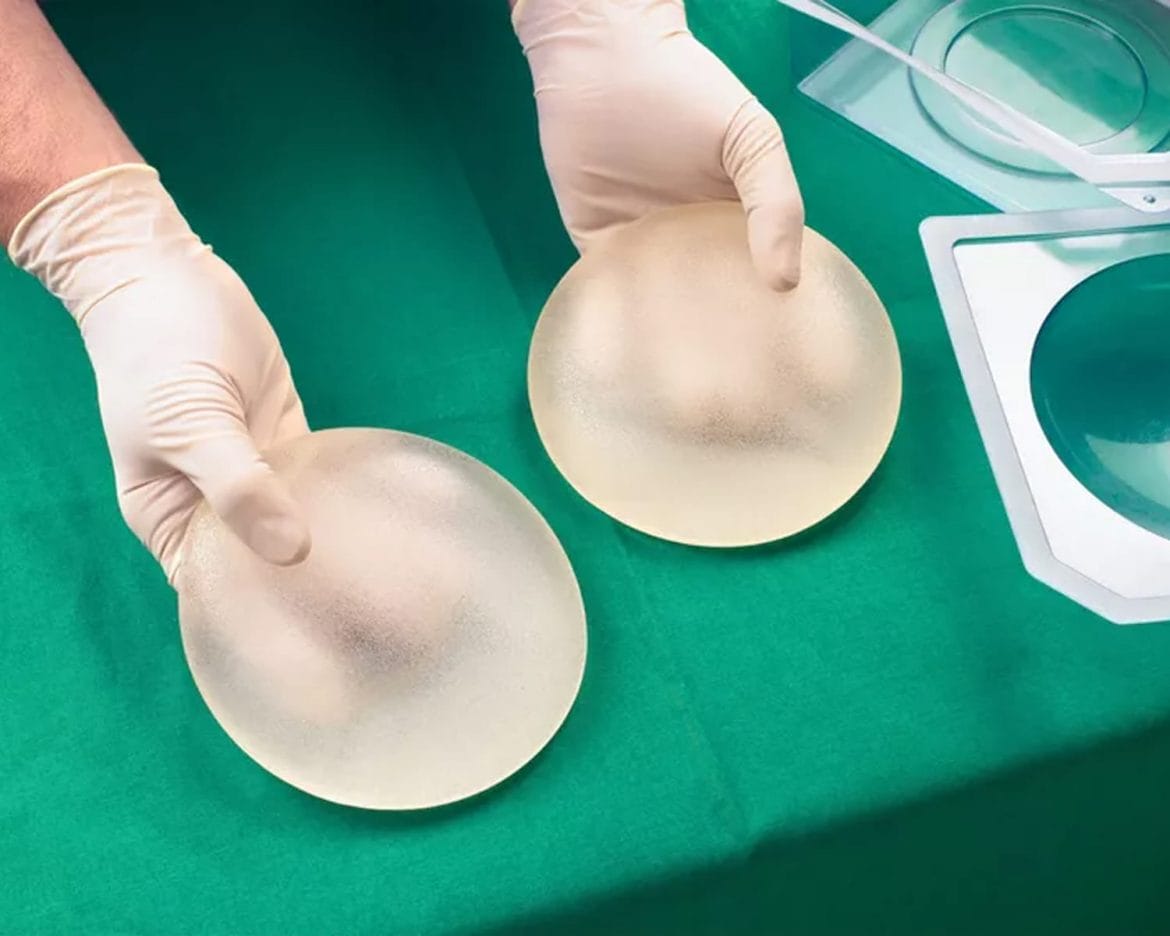
Gluteal implants, commonly referred to as butt implants, offer a surgical solution to augment the size and contour of the buttocks. Constructed from silicone or solid silicone material, these implants are specifically crafted to emulate the texture and look of natural tissue.
The process of butt implantation includes surgically inserting these implants into the buttock region. Incisions are usually created in the crease between the buttocks, strategically placed for discreet concealment. The implants are then meticulously positioned either within or above the gluteal muscle to achieve the intended augmentation.
It is crucial to emphasize that buttock implant surgery constitutes a substantial surgical undertaking with associated risks and factors to consider. Potential hazards encompass infection, implant displacement, implant rupture, capsular contracture (formation of scar tissue around the implant), and alterations in sensation. The recuperation process following buttock implant surgery typically entails a more extended healing duration in comparison to non-surgical interventions.
3.2 Autologous dermal flap butt lift
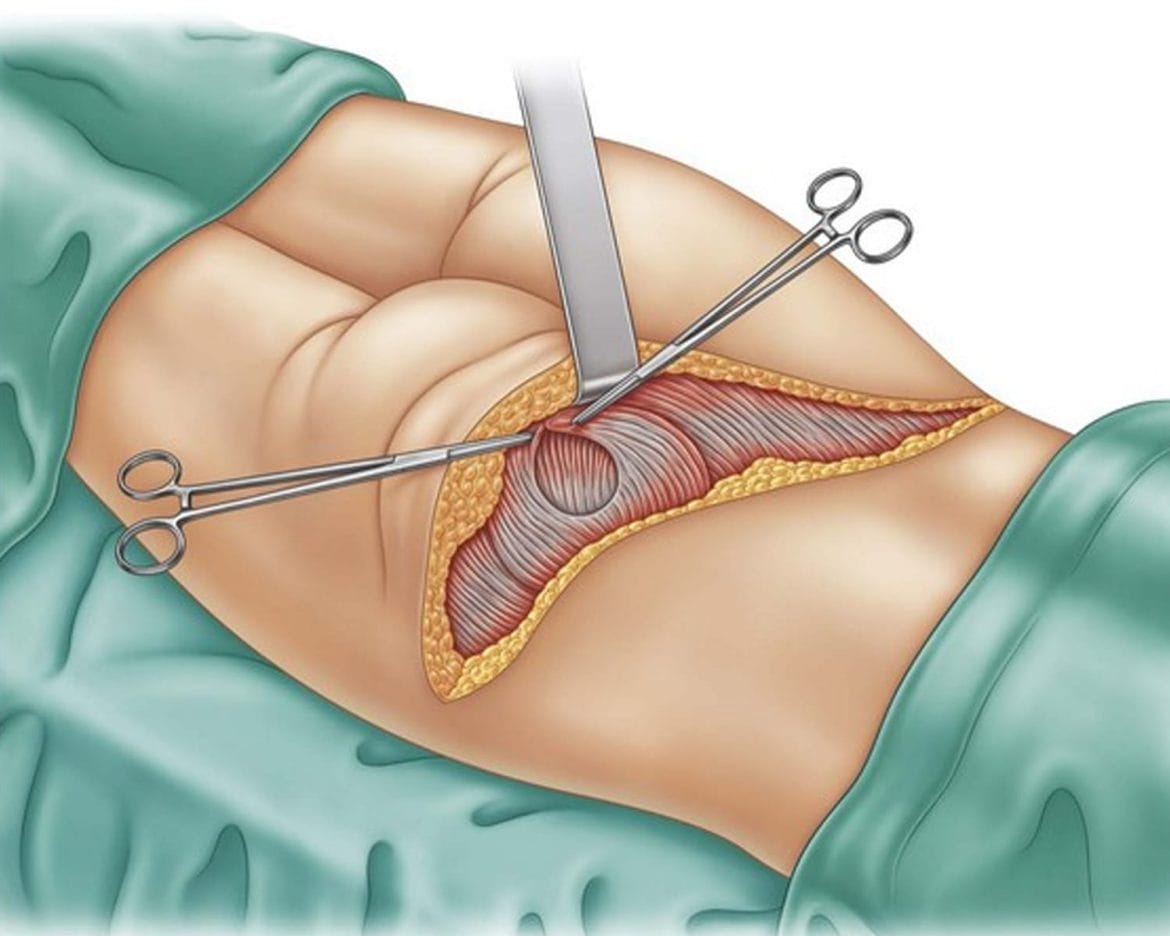
Autologous dermal flap gluteal augmentation is a versatile technique that addresses both buttock ptosis and volume deficit.
Autologous dermal flap from one’s lower back can be harvested and tucked under buttock skin for augmentation.
Drawbacks include an extended incision line that, however, is easily concealed by underwear or a bikini.
See more: The power of fat grafting
3.3 Brazilian Butt Lift (BBL)
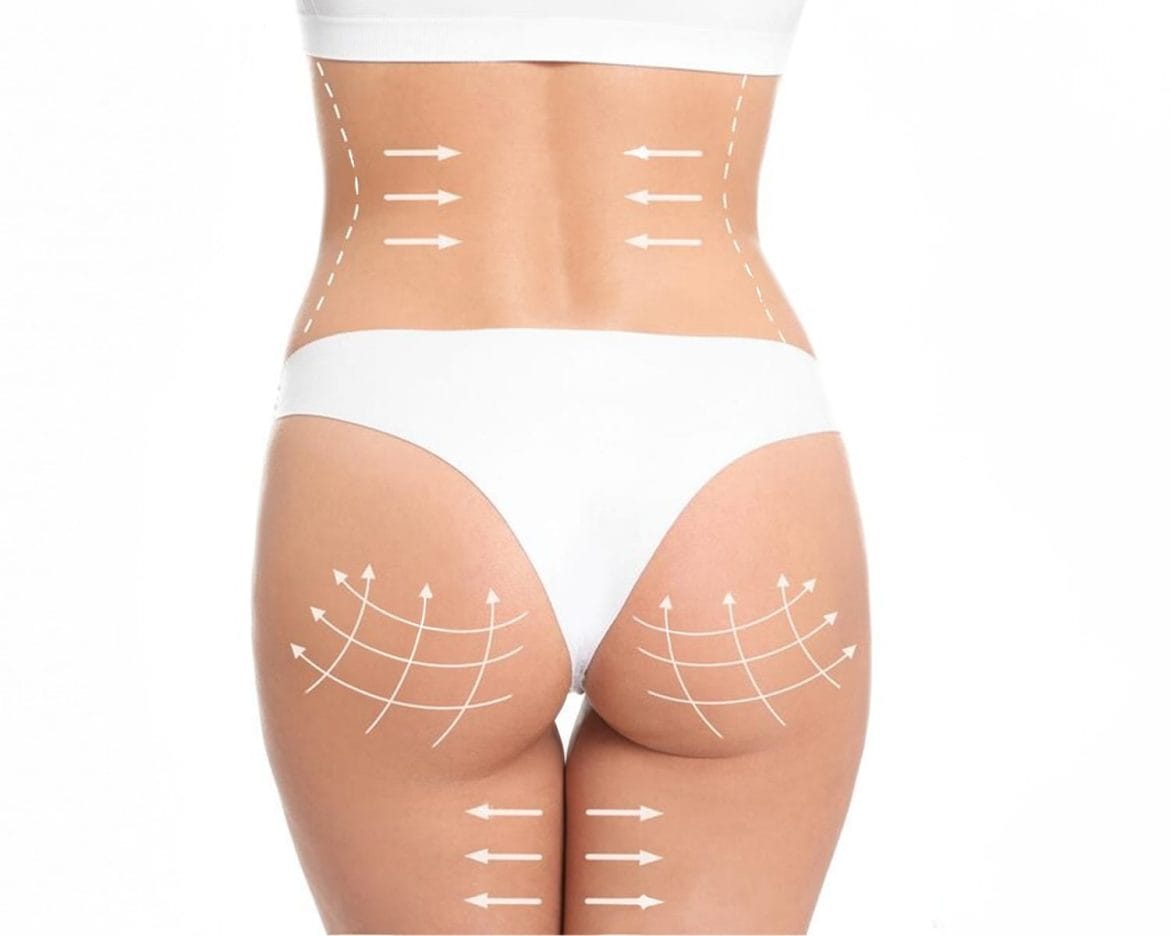
Similar to autologous augmentation, Brazilian Butt Lift (BBL) also utilizes the patient’s own fat. However, the fat is typically injected into specific regions of the buttocks, aiming to create a more rounded and lifted appearance. The emphasis in a Brazilian Butt Lift procedure is on enhancing the overall shape of the buttocks.
Beyond augmenting volume, BBL involves the art of sculpting and contouring the buttocks to craft a more visually appealing form. This often incorporates liposuction in areas surrounding the buttocks to enhance the overall silhouette.
The primary goal of Brazilian Butt Lift (BBL) is to achieve a curvier and more sculpted appearance, with an emphasis on enhancing the contours and proportions of the buttocks for a youthful and attractive outcome. This technique allows for a more substantial increase in volume, catering to individuals seeking a more dramatic enhancement.
4. Why you should choose Butt Lift surgery?

As one ages, the skin undergoes changes, becoming more lax over time. Sun damage, fluctuations in weight, and genetic factors can compound the challenge of skin regaining its elasticity after being stretched, leading to sagging in various body areas, including the buttocks. Typically performed in conjunction with other body contouring procedures, a buttock lift becomes a consideration under specific circumstances:
- Substantial weight loss with a stable weight maintained for at least 6 to 12 months.
- Struggling with excess weight without achieving significant weight loss through exercise and dietary modifications.
- Maintaining a healthy weight but desiring a noticeable enhancement in the lower body’s appearance.
- Having a healthy weight post-liposuction with resultant loose skin.
It is important to note that a buttock lift does not alter the quality of your skin. Nevertheless, this procedure may not be suitable for everyone. Your healthcare provider may advise against a buttock lift if you:
1. Suffer from severe chronic conditions like heart disease or diabetes.
2. Plan on losing a substantial amount of weight.
3. Possess a body mass index exceeding 32.
4. Engage in smoking.
5. Experience an unstable mental health condition.
5. What To Do Before A Butt Lift Procedure?

Before undergoing a buttock lift procedure, your plastic surgeon will provide preoperative instructions and address any queries you may have. A thorough examination of your medical history and a physical assessment will be conducted to assess your suitability for the surgery.
It’s essential to cease smoking to facilitate a faster recovery, as nicotine can constrict blood vessels.
Certain medications, such as aspirin, specific anti-inflammatory drugs, and certain herbal supplements that can increase bleeding, should be avoided.
Adequate hydration is crucial before and after surgery, regardless of the specific procedure, to ensure a safe recovery.
Buttock lifts are typically outpatient procedures, so make arrangements for someone to drive you home and stay with you, especially on the first night post-surgery, to provide assistance if any issues arise.
The buttock-lift surgery may take place in an accredited hospital, a free-standing ambulatory facility, or an office-based surgical suite. While most buttock lift procedures require 3-6 hours for completion, some may take longer. On the day of the surgery, general anesthesia will be administered, along with a breathing tube to aid breathing, while monitoring blood circulation and heart rate.
Drains are placed to prevent blood/fluid accumulation and are typically removed 2-3 weeks or longer after surgery once the output decreases. Before leaving for home, you (or your caregiver) should feel comfortable with the process of emptying and resetting the drains. A compression garment may be worn during/after surgery to reduce swelling, support suspended tissues, and smooth and flatten the skin.
After the surgery, you may return home on the same day with skilled nursing assistance or choose to spend 2-3 days in a hospital or aftercare center with a nurse.
See more: Notes before cosmetic surgery
6. What Is The Post Operative Care For A Butt Lift?

Your surgeon will engage in a discussion with you regarding the duration needed before you can resume your regular level of activity and work. After the surgery, you and your caregiver will receive comprehensive instructions regarding aftercare. This will encompass guidance on drains, if they have been utilized, expected side effects following the operation (such as slight pain upon touch/movement, redness, etc.), and potential indicators of complications.
After your buttock lift, your body will typically be wrapped in bandages and compression garments, with the possibility of surgical drains in place. Upon acquiring the knowledge to manage your drains, achieving comfort in walking and movement, and becoming accustomed to oral pain medications, you will be discharged.
As the effects of anesthesia wear off, some pain may occur. If the pain is severe or prolonged, it is advised to contact your physician. Post-surgery, redness and swelling are expected, with the potential for swelling to persist for weeks or even months in certain cases.
During the recovery period, it is crucial to abstain from strenuous activities, such as weight lifting, for 4-6 weeks. If you have small children, it is recommended to have someone else overseen their care for a two-week period.
Consult your surgeon for guidance on sitting and sleeping, including the use of pillows, to minimize tension on your incisions, alleviate pain, and promote a thinner scar. Anticipate a recovery period of 2-3 weeks before resuming normal activities following buttock-lift surgery.
7. What Is The Post-operative Diet For A Butt Lift Procedure?
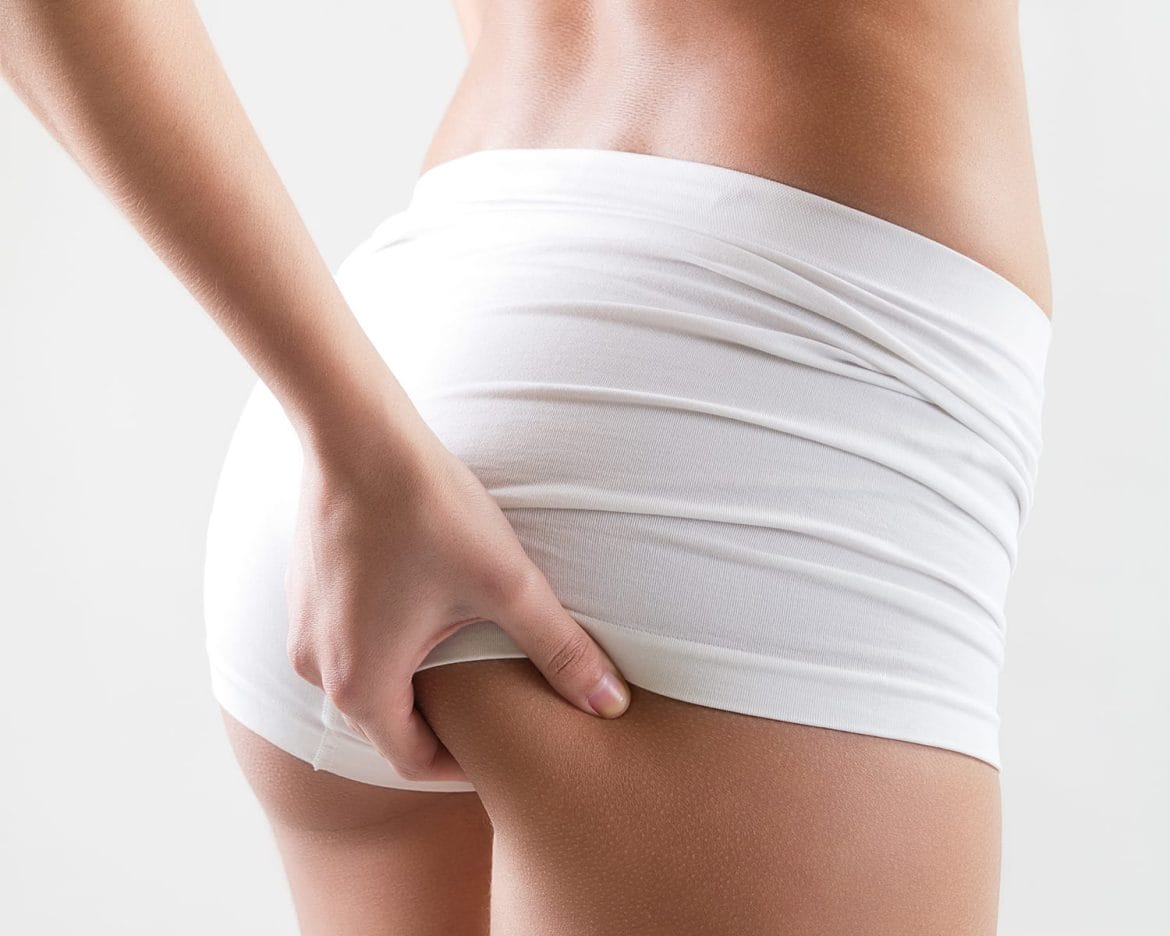
Maintain a nourishing diet supplemented with multivitamins. Steer clear of smoking and exposure to secondhand smoke. Refrain from adopting calorie-reduction diets. Ensure your fat cells receive ample nourishment by adhering to a higher-calorie diet, incorporating a surplus of 2,000 calories per day, featuring healthy fats such as olive oil, nuts, walnuts, pecans, and almonds. The duration of this dietary approach should be determined in consultation with your surgeon. Prioritize a discussion with your surgeon about this plan, as their involvement in your activities and recovery is crucial. Follow your surgeon’s guidance, as they may recommend an alternative plan tailored to your specific needs.
See more: Ways to maintain the results after a plastic surgery
8. TRAN PLASTIC SURGERY – The Best Butt surgery center in california

In California, there are currently multiple centers specializing in butt lift surgery. However, customers must exercise due diligence to ensure a well-informed decision when choosing a reputable clinic. Tran Plastic Surgery California stands out as a reliable facility for cosmetic procedures, committed to providing clients with superior and knowledgeable service. This commitment is upheld through our utilization of cutting-edge technology, the expertise of skilled doctors, and the incorporation of modern equipment.
TRAN PLASTIC SURGERY
Address: 10301 Bolsa Avenue, Suite 101 Westminster, CA 92683
Hotline: +1 714-839-8000*
Fanpage: https://www.facebook.com/drtranplastic
Website: https://www.tranplastic.com/
To schedule an appointment at our clinic, please call the hotline or make a direct appointment. Appointments can also be made through our FANPAGE.
9. FAQs: Butt Lift
9.1 Can a Butt Lift Result in Scarring?
Incisions made during a buttock lift procedure may involve a sizable cut either at the upper region of the buttocks or discreetly tucked beneath the buttock crease. While these incisions are typically concealed under regular clothing, creams can be used to diminish their visibility.
If persistent pain, tenderness, or redness lingers, consulting your physician is advised, and appropriate medications may be prescribed. In cases involving liposuction, smaller scars will be present, gradually fading and becoming inconspicuous.
9.2 What Are the Temporary Side Effects of a Butt Lift?
Butt lifts are generally considered safe, but potential complications may include:
Initially, the buttocks may appear bumpy or lumpy, a condition that improves with time.
Dimpling, possibly resulting from trauma or accidents, can be addressed with corrective fat injections.
Minor infections, stemming from compromised harvested tissue, can usually be treated with antibiotics.
Donor sites may exhibit laxity or lack of rigidity until fully healed.
Minor discomfort can be alleviated through massage.
9.3 What Is the Recovery Time for Butt Lift Surgery?
Recovering from butt lift surgery is a gradual process. It may involve the use of pillows for sitting and adjustments in sleeping positions to facilitate healing and minimize the risk of incision splitting.
9.4 What Are the Advantages of a Butt Lift?
Distinguishing itself from other cosmetic procedures, a butt lift eliminates excess skin and addresses sagging concerns.
Individuals who have recently undergone significant weight loss can also find benefits in a butt lift.
Furthermore, maintaining weight post-surgery ensures long-lasting results.


